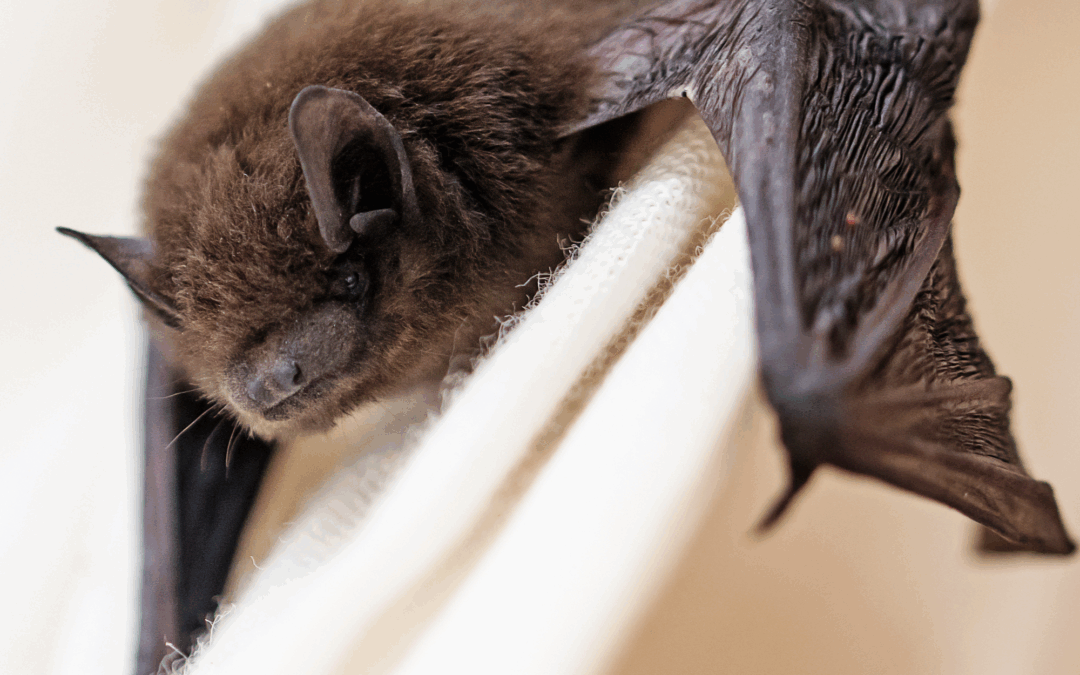If you’re planning any maintenance work on your roof in the run-up to the colder months, then legal experts say you need to check for bats, as this could land you with a hefty fine of up to £5,000 per bat.
Bat populations have declined massively in the UK over the past century, which is why it’s more important than ever to know how to attract bats and make your wildlife garden hospitable for them.
Bats are protected by law in the UK, so if you disturb any that might be roosting in your roof by carrying out any maintenance, you risk breaking the law. This is everything you need to know.
The law
In the UK, all bat species and their roosts are protected by the Conservation of Habitats and Species Regulations 2017 and the Wildlife and Countryside Act 1981. This makes it a criminal offence to disturb bats or damage or destroy a bat’s roost, whether it is occupied or not.

Bats are protected in the UK
(Image credit: Getty Images)
‘It can be a criminal offence to disturb bats or even an empty roost. You may be charged by the police, fined, even imprisoned, and/or made to pay compensation for the rehoming of bats,’ says Austin Lafferty, Consultant Solicitor at Austin Lafferty Solicitors.
‘As bats tend to return to the same roosts each year, these sites are protected whether the bats are present or not. Thus, damaging or removing annual roosts is illegal even if planning permission is granted.’
You can be charged up to £5,000 per affected bat if you’re found to have disturbed or destroyed their habitat, intentionally or not.
This time of year is busy for both bat activity and home improvements ahead of autumn, so it’s even more important to be aware of the law.
‘It’s not just about avoiding penalties. Disturbing a roost during the breeding season can devastate an entire local bat population,’ says a spokesperson for ecology consultancy Arbtech.
‘Even if you don’t see bats, they could be present, and you could still be committing a criminal offence by damaging their habitat, so it’s crucial to check for bats before any work begins, no matter how small the job may seem.’
Signs bats are nesting in your roof
If you have any home renovation plans or upkeep to get started on your roof, you should first check for signs that bats are nesting.

(Image credit: Getty Images)
‘Bats can be seen – usually at dusk or dawn, flying in and out of enclosures like gaps between a roof and eaves. If you see bats flying above your garden, then it is likely they come from your roof or a neighbouring one,’ says Austin.
‘The best way to check whether there is a roost in your property is to commission a bat survey from a licensed professional – indeed, the local planning authority may insist on this if it is known that there are species of bats locally. There may be bats roosting or signs like piles of dropping or other waste left by the inhabitants. That survey in turn may lead to an impact assessment and protection plan – perhaps to find or construct an alternative roost.’
The experts at Arbtech also recommend looking out for bat droppings, listening out for strange chittering, squeaking or rustling noises from your loft and strong musty odours. Bats may also leave scratch marks on your loft walls as they navigate and can leave oily, greasy marks around entry points such as roof tiles and eaves.
Make bats feel at home
Bats are amazing natural pest control and an important part of any ecosystem. Installing a bat box in your garden provides a safe, artificial roost for bats to nest – that isn’t your roof!
Do you have bats nesting in your garden?




